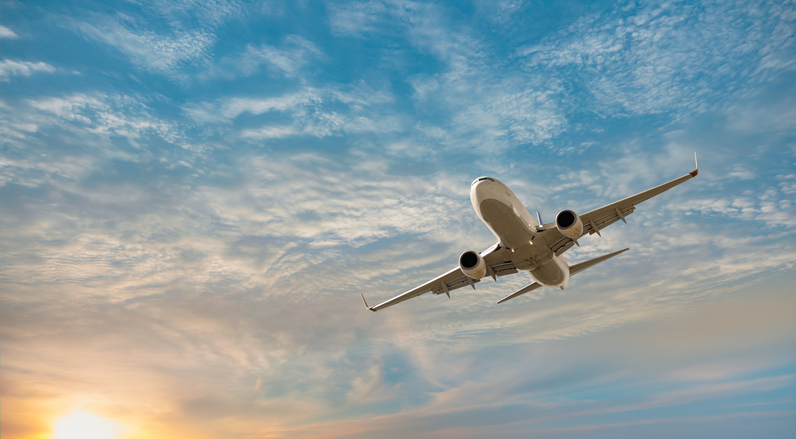
Public transportation is one of the most common environments where people sexually harass and abuse others. There are a number of factors that contribute to this frequency, including perceptions of anonymity, crowded conditions, and the momentary nature of public transportation where someone may be able to leave before the victim even realizes what happened. The perpetrator may be someone who is never seen again, or may be a person they must ride a train, bus, or taxi with regularly. No matter the circumstance, public transportation is a hot spot for victimization, which means it requires care and attention to prevent. Planes specifically provide unique challenges which make it harder for the victim to seek help.
While public transport may be fleeting, a flight is less so. A potential victim may feel stuck or unable to escape if they feel locked in with the perpetrator. While the common responses to trauma can be fight, flight, or freeze, the confined nature of a plane takes away one's ability to run away quickly which can cause further trauma or fear. This limitation means immediate intervention may be delayed if victims are not comfortable raising the issue with the flight crew. They may worry that reporting to staff may cause delays or issues for other passengers, who may not respond well. Just as in any context, victims often struggle to be believed, and may have little ability to prove something took place. While airline crews are trained to handle emergencies, they may not always have a trauma informed approach in handling incidents of sexual abuse and harassment. In many instances, it’s members of the flight crew that are sexually harassed or abused..
There may also be logistical challenges in providing appropriate support to victims during the flight, because they might already be experiencing fear, have a phobia of flying, or be in a high state of stress or trauma. Some passengers may not even be aware that they have been victimized, since many people sleep on planes, may be generally disoriented, or be unsure if the act was intentional. In addition, there may be more legal difficulties regarding jurisdiction when assaults happen in the air- especially so when it is an international flight.
The FBI indicates that sexual harassment and assault cases are on the rise, especially during warm travel seasons. In offering guidance, investigators recommend passengers be aware and take the following precautions:
- Offenders will often test their victims, sometimes pretending to brush against them to see how they react or if they wake up. If such behavior occurs, establish boundaries, and consider asking to be moved to another seat.
- If your seatmate is a stranger, no matter how polite he or she may seem, keep the armrest between you down.
- If you are arranging for a child to fly unaccompanied, try to reserve an aisle seat so flight attendants can keep a closer watch on them. Minors are known targets.
- If you are sexually harassed or assaulted, report it immediately to the flight crew and ask that they record the attacker’s identity and report the incident. They can alert law enforcement, if necessary.
Helpful Resources:
The Association of Flight Attendants- Resources
FBI- Federal Statement on Sexual Assault in the Sky
Wess Brooker- Violations at 30,000 ft
